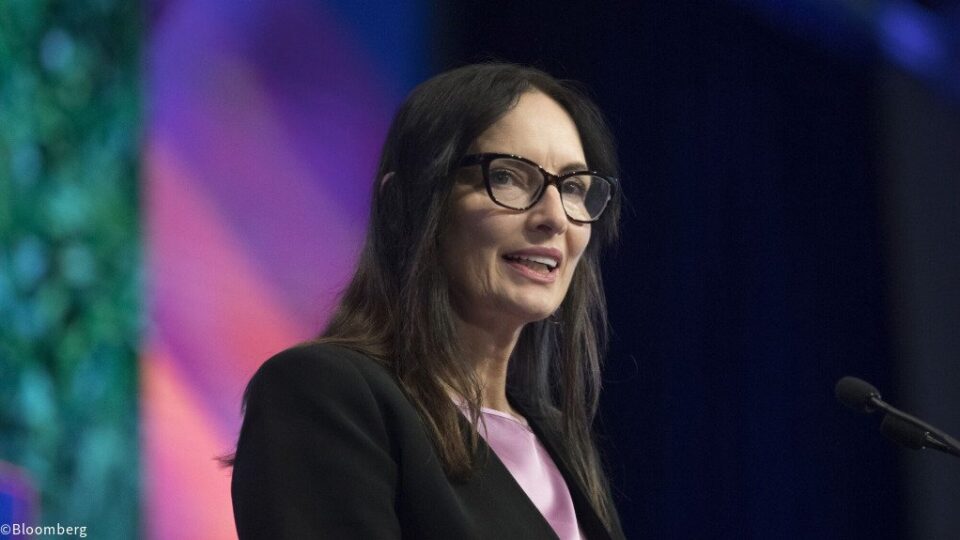The world’s largest miner is gearing up for a changing of the guard. BHP Group is quietly laying the groundwork for a CEO succession process, with current boss Mike Henry expected to step down sometime next year — a move that would mark the end of a transformative era for the global mining giant.
Insiders say the search for Henry’s successor could officially kick off in the coming months. While no decision has been made, the race is already heating up within BHP’s top ranks. Three internal candidates are emerging as front-runners: Geraldine Slattery, who leads the company’s sprawling Australian mining operations; CFO Vandita Pant; and Ragnar Udd, the head of its commercial division. But don’t count out external contenders — the board is keeping its options open.
A High-Stakes Transition
Henry’s departure would come at a pivotal moment for both BHP and the wider mining industry. After years of consolidation attempts and megadeal ambitions — including BHP’s failed $49 billion bid for Anglo American — the sector is reeling from shifting geopolitical winds and tightening economic conditions.
For BHP, the stakes are especially high. The company is embarking on a series of multibillion-dollar growth projects, from expanding its Canadian potash operations to shoring up copper output at Chile’s massive Escondida mine. Whoever takes over the reins will face immediate pressure to balance growth, dividends, and debt — a tough juggling act in today’s volatile commodity markets.
The CEO Contenders
- Geraldine Slattery rose to prominence running BHP’s offshore oil and gas business before taking over its high-profile Australian division in 2022.
- Vandita Pant, a seasoned ex-banker, joined the company in 2016 and recently moved from chief commercial officer to CFO — a role that’s placed her front and center in discussions around spending and capital allocation.
- Ragnar Udd, a technical veteran with a strong track record in copper, has taken on broader operational responsibilities in recent years and is said to be well-regarded inside the company.
A win for either Pant or Slattery would be historic: BHP has never had a female CEO, and among the 36 mining companies in Australia’s ASX200, just one is currently led by a woman.
A Legacy in the Balance
Henry, 59, took the top job in January 2020. During his tenure, he reshaped the company’s portfolio, shedding its oil and gas arm, simplifying its corporate structure, and re-entering the M&A arena. His leadership has been marked by bold moves and equally bold risks — and while some paid off, others have left BHP on less stable financial footing.
Today, the company is tightening its belt. With inflation biting and unions flexing their muscles in Australia’s resource-rich Pilbara region, BHP is zeroing in on cost control. Dividends have already been trimmed to the minimum level under its current policy, and without a rebound in commodity prices, some insiders believe more cuts or project delays may be on the horizon.
What’s Next?
The succession process will be one of the first major tasks for newly appointed Chairman Ross McEwan. And while Henry’s six-year stint would mirror the tenure of his recent predecessors, the next chapter could look very different — both in terms of leadership style and strategic direction.
The pressure is on for BHP’s board to find the right person to lead the company through a period of high costs, uncertain global demand, and a mining sector in flux. Whether that leader comes from inside or outside the company, one thing’s for sure: the world will be watching.


